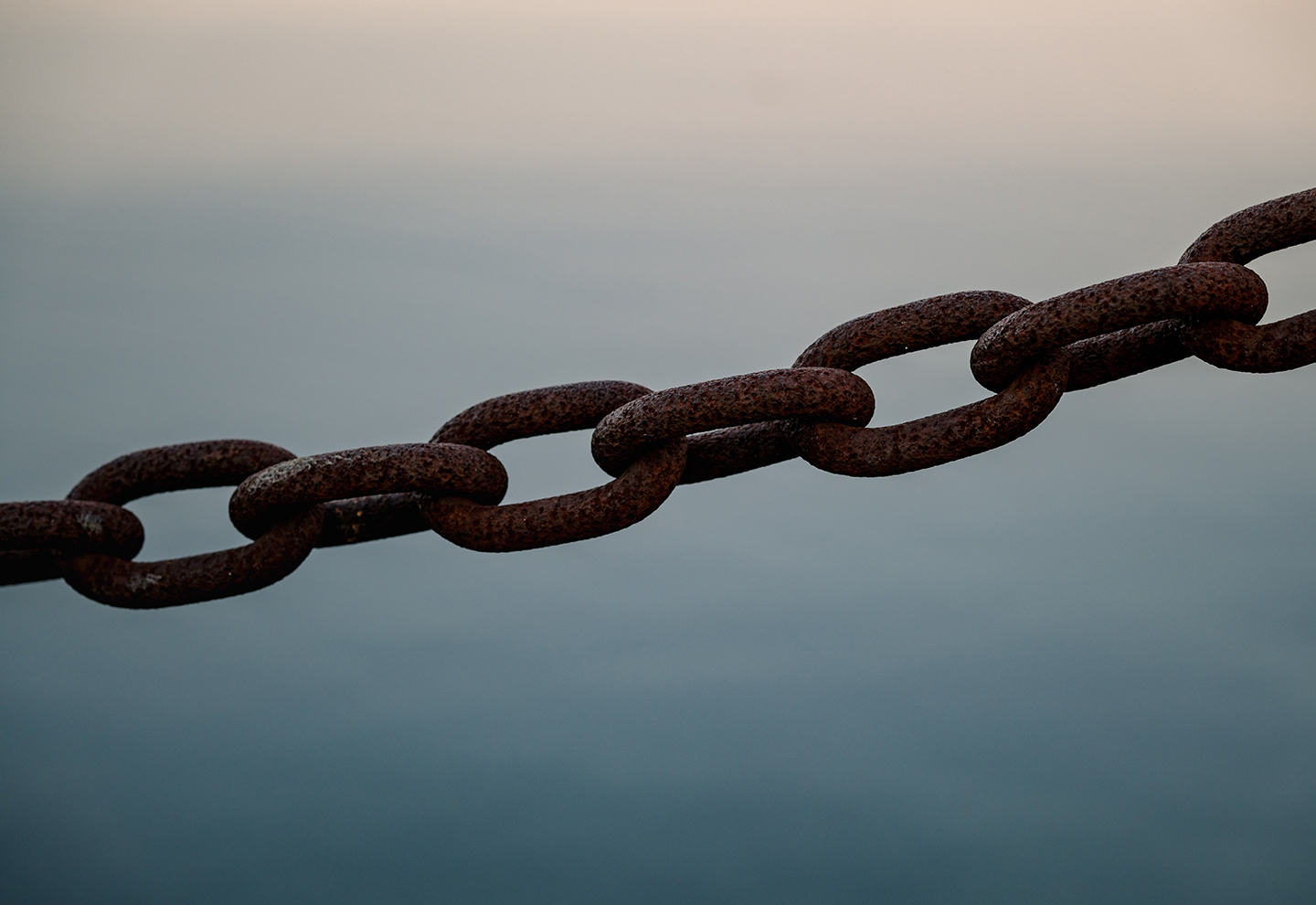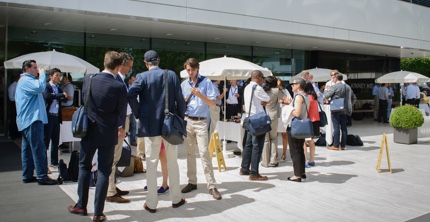
Global value chains under threat
Start your IMD journey
Explore 80+ Executive Education programs to help you progress your career.
Supply chain resilience to the rescue
To navigate new challenges, executives are looking to build resilience into their supply chains. Resilient supply chains are adept at preparing, responding to and recovering from unexpected disruptions by maintaining the continuity of operations. As such, the concept of resilience incorporates a suite of other traits such as agility, robustness and flexibility, and a handful of management practices such as risk management, business continuity and emergency planning. What are the characteristics of resilient supply chains? As a nascent field in management theory, the topic of supply chain resilience has attracted much interest. A report by the advisory firm Deloitte says the key characteristics of resilient supply chains are visibility, flexibility, collaboration and control [3]. Visibility relates to the ability to monitor supply chain events as they occur or even before they occur. Flexibility refers to the capability to adapt quickly; collaboration is in the context of external partners and control focuses on the robustness of policies and monitoring mechanisms. Similarly, the WEF report emphasizes visibility as a core differentiator of resilient supply chains. Researchers have identified three ways of developing resilience: increasing redundancy; building flexibility by, for example, applying concurrent instead of sequential processes; and changing the corporate culture. At the same time it is assumed that supply chain resilience is not absolute, but rather a balancing act which is determined at the intersection between supply chain vulnerabilities and supply chain capabilities[4] If the vulnerabilities faced by the firm are not sufficiently matched by capabilities, then the firm is exposed to risks. On the flip side, investing in capabilities that are not required might erode profits. Measuring supply chain resilience Hard measures of supply chain resilience are difficult to come by, partly because of the elusiveness of the concept. As supply chain resilience is strictly context-specific and highly dependent on industry and firm characteristics, an index approach provides the best, if not only, viable way of measuring it. Cisco, for example, has developed its own Resiliency Index, which is composed of four elements: resiliency of products, suppliers, manufacturing processes and test equipment, the latter being a key control point given Cisco’s globally outsourced supply chain[5]. Each of these elements is measured by a set of separate criteria. At the component level, for instance, the criteria include a number of alternative sources, component suppliers’ recovery time and end-of-life plans and processes.Achieving resilience through an integrated value chain approach
In extracting qualitative data through interviewing 20 companies, supply chain professionals from each and every company unanimously showed that supply chain resilience, and the levers to achieving it, are not well understood. Based on their feedback, we identify three questions to help guide decisions in this area:- What does supply chain resilience mean in our industry and how can we quantify it?
- How much is supply chain resilience worth to us, or do our investments align with our risk exposure?
- How can we best allocate our investment across the different supply chain resilience levers?


Find the perfect program for you.
Our diverse range of programs includes options for on-campus learning, online learning, or a hybrid/blended format combining both face-to-face and online formats.
IMD business school is an independent academic institute with close ties to business and a strong focus on impact. Through our world-leading Executive Education, Master of Business Administration (MBA), Executive MBA, and Solutions for Organizations we help leaders and policy-makers navigate complexity and change. Here at IMD, you can develop your strategic thinking skills by learning alongside senior leaders from around the world – set against the inspiring backdrop of the Swiss Alps.
Research Information & Knowledge Hub for additional information on IMD publications
Executive Programs
Upcoming Events

How Maersk is rewriting the rules of shipping decarbonization – through collaboration, purpose, and placing big bets on the fuels of the future.

Stefan Noeken, former EVP of Supply Chain Management and member of the executive board at Hilti Corporation, offers insights into the strategic evolution of supply chains and the key imperatives required to drive sustainable supply chain transform...

Arcos Dorados leverages 2,400+ McDonald’s across Latin America to promote youth employment, nutrition, sustainability, and ethical sourcing at scale.

With 25 years of experience across leading multinationals like Philip Morris International (PMI), Firmenich, and Danone, Luca Nanni believes supply chain can serve as a strategic driver for business success and leadership development.

Building the Foundations for Sustainable Performance means using AI and expert insight to evolve supply chains and meet the operational demands of 2025.

As Trump-era policies return with sharper edges, companies must rethink supply chains not for speed, but for resilience.
This brief case exercise presents an increasingly common business scenario: An established player acquires a small, agile start-up to re-energize its value proposition. In this case, established global beauty giant UrbanLuxe acquires beauty start-...
The supply chain risk management literature differentiates between disruption risk that arises from supply disruptions to normal activities and recurrent risk that arises from problems in coordinating supply and demand in the absence of disruption...
The US deal granting it future revenue and access to Ukraine’s mineral sector raises a broader question: is this the beginning of a model for American foreign policy, one that links strategic resource access to long-term diplomatic and financial c...
Multinational businesses are recalibrating their global supply chains, with one eye focused firmly on Washington. As the Donald Trump administration reignites the use of tariffs as a blunt instrument of economic leverage, so-called “friendshoring”...
Research Information & Knowledge Hub for additional information on IMD publications
Research Information & Knowledge Hub for additional information on IMD publications
in I by IMD
Research Information & Knowledge Hub for additional information on IMD publications
Research Information & Knowledge Hub for additional information on IMD publications
Research Information & Knowledge Hub for additional information on IMD publications
Research Information & Knowledge Hub for additional information on IMD publications
Research Information & Knowledge Hub for additional information on IMD publications
in Production and Operations Management June 2025, vol. 34, issue 6, https://doi.org/10.1177/10591478241302735
Research Information & Knowledge Hub for additional information on IMD publications
Research Information & Knowledge Hub for additional information on IMD publications
Research Information & Knowledge Hub for additional information on IMD publications



